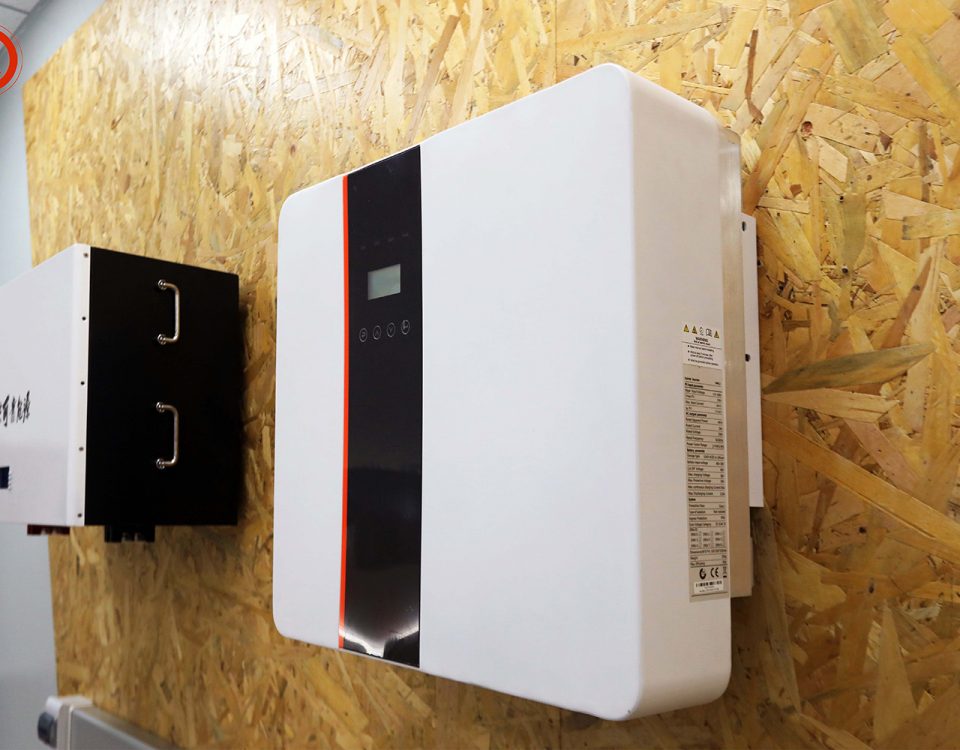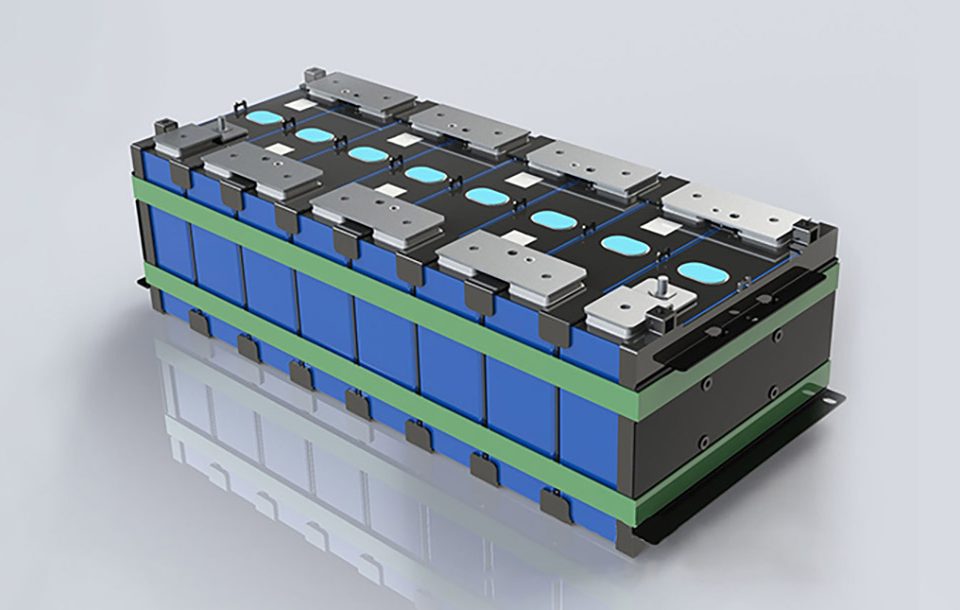Aprovechar la abundante energía del sol ya no es sólo un concepto futurista: es una realidad práctica y rentable para millones de hogares y empresas de todo Estados Unidos. Los paneles solares han pasado de ser simples obleas de silicio a sofisticados sistemas que suministran electricidad limpia y fiable. En este artículo, exploraremos la ciencia que hay detrás de la energía fotovoltaica, analizaremos las principales tecnologías actuales y le orientaremos sobre cómo integrar la energía solar en su combinación energética.
1. El efecto fotovoltaico: De fotones a energía
En el corazón de cada panel solar se encuentra el efecto fotovoltaico (FV), observado por primera vez en 1839 pero perfeccionado a lo largo de décadas de investigación:
-
Conceptos básicos sobre semiconductores
-
silicio tipo n está dopado con elementos (como el fósforo) que introducen electrones adicionales.
-
silicio tipo p utiliza dopantes (como el boro) que crean "huecos" donde faltan electrones.
-
-
Absorción de fotones
Cuando la luz solar incide en la célula de silicio, los fotones transfieren su energía a electrones. Si la energía de un fotón supera la banda prohibida del silicio (~1,1 eV), un electrón se libera de su átomo. -
Campo eléctrico y separación de cargas
La unión entre las capas de tipo n y tipo p crea un campo eléctrico interno. Los electrones liberados se dirigen hacia el lado de tipo n, mientras que los huecos migran hacia el lado de tipo p, generando una corriente continua (CC). -
Montaje de módulos
Las células individuales se conectan en serie y en paralelo dentro de un panel para conseguir tensiones y corrientes más altas, adecuadas para aplicaciones del mundo real. Varios paneles forman un conjunto para satisfacer necesidades energéticas específicas.
Este proceso -sencillo en principio pero perfeccionado tras décadas de ingeniería- permite que un módulo residencial estándar convierta 18-22 % de luz solar entrante en electricidad utilizable.
2. Avances en materiales y diseños de paneles
Aunque el silicio monocristalino domina el mercado, los fabricantes no dejan de perfeccionar sus productos para mejorar la eficiencia, la durabilidad y la estética:
-
Silicio monocristalino frente a policristalino
-
Monocristalino cortadas a partir de lingotes monocristalinos, ofrecen la máxima eficiencia (20-23 %) y una vida útil más larga.
-
Policristalino fabricadas fundiendo silicio, cuestan menos pero suelen alcanzar una eficiencia de 15-18 %.
-
-
Tecnología PERC (célula trasera con emisor pasivado)
La adición de una capa de pasivación en la superficie posterior de la célula reduce la recombinación de electrones, lo que eleva la eficiencia al rango medio de 20 % sin grandes aumentos de costes. -
Módulos bifaciales
Estos paneles captan la luz solar por delante y por detrás. Cuando se montan sobre superficies reflectantes -grava, tejado de membrana blanca o cubierta de suelo de color claro- pueden aumentar la captación de energía hasta 15 %. -
Alternativas de capa fina
Tecnologías como el telururo de cadmio (CdTe) y el seleniuro de cobre, indio y galio (CIGS) ofrecen menores costes de fabricación y factores de forma flexibles, aunque sus eficiencias (12-18 %) van a la zaga del silicio. -
Nuevas células en tándem
Apilando capas de perovskita sobre silicio, los prototipos de laboratorio han superado el 30 de eficiencia %. La escalabilidad comercial sigue en desarrollo, pero estas células en tándem prometen una nueva era en el rendimiento de los paneles.
3. Componentes del sistema más allá de los paneles
Una instalación solar de alto rendimiento es algo más que módulos fotovoltaicos. Entre los componentes clave del sistema se incluyen:
-
Inversores
-
Inversores de cadenas conectan varios paneles a una sola unidad de conversión. Son rentables, pero vulnerables a las pérdidas por sombreado en toda la cadena.
-
Microinversores se sitúan detrás de cada panel, convirtiendo la CC en CA a nivel de módulo. Esto maximiza la producción cuando los paneles están orientados en ángulos diferentes o con sombreado parcial.
-
-
Montaje y estanterías
-
Bastidores de inclinación fija proporcionan un anclaje fiable y de bajo mantenimiento en un ángulo fijo optimizado para su latitud.
-
Seguidores de un eje inclinan los paneles para seguir la trayectoria del sol, lo que aumenta el rendimiento anual entre 15 y 25 %, especialmente valioso en instalaciones a escala de servicios públicos y de montaje en suelo.
-
-
Almacenamiento de energía
Cuando se combina con Rico baterías de iones de litio, los sistemas solares pueden almacenar el excedente de electricidad del mediodía para usarlo por la noche, suavizar las fluctuaciones de la red y proporcionar energía de reserva durante los cortes. -
Supervisión y controles
Los sistemas modernos ofrecen cuadros de mando basados en la nube y aplicaciones móviles que realizan un seguimiento de la producción en tiempo real, señalan los módulos de bajo rendimiento e incluso predicen las necesidades de mantenimiento mediante análisis basados en IA.
4. Planificación de la instalación solar
Antes de firmar un contrato, ten en cuenta estas medidas prácticas:
-
Auditoría energética
Analiza 12 meses de facturas de servicios públicos para conocer tus pautas de consumo y los picos estacionales. Estos datos permiten decidir el tamaño del sistema y la capacidad de la batería. -
Evaluación del emplazamiento
Un instalador profesional evaluará la orientación del tejado, la inclinación, la sombra de árboles o estructuras cercanas y los datos meteorológicos locales para calcular la producción anual. -
Incentivos y financiación
El crédito fiscal a la inversión (ITC) federal ofrece actualmente un crédito de 26 % sobre los costes de los equipos (que se reducirá gradualmente a partir de 2025), mientras que muchos estados y municipios ofrecen descuentos o incentivos basados en el rendimiento. El leasing, los acuerdos de compra de energía y los préstamos solares pueden reducir los costes iniciales. -
Permisos e interconexión
Antes de la activación, se necesitan permisos de construcción locales y acuerdos de interconexión de servicios públicos. Un instalador cualificado con certificación NABCEP gestionará estos procesos en su nombre. -
Plan de mantenimiento
Aunque los paneles solares no requieren apenas mantenimiento, la limpieza anual y las actualizaciones periódicas del firmware del inversor garantizan un rendimiento óptimo y protegen las garantías.
5. Métricas de rendimiento en el mundo real
Conocer estas cifras clave ayuda a establecer expectativas realistas:
-
Factor de capacidad
Porcentaje de producción energética real frente a la máxima posible. Los sistemas residenciales suelen alcanzar entre 15 y 20 %, mientras que las instalaciones con un seguimiento óptimo pueden alcanzar entre 25 y 30 %. -
Tasa de degradación
Los paneles de silicio de calidad se degradan a un ritmo aproximado de 0,5 % al año, conservando más de 80 % de su capacidad original al cabo de 25 años. -
Coste nivelado de la energía (LCOE)
Teniendo en cuenta los costes iniciales, la financiación, el mantenimiento y la producción prevista, en muchas regiones el LCOE de la energía solar iguala o supera las tarifas eléctricas minoristas, sobre todo si se tienen en cuenta las políticas de medición neta o de tiempo de uso.
6. El futuro de la energía solar: Tendencias emergentes
-
Fotovoltaica integrada en edificios (BIPV)
Las tejas solares, los paneles de fachada y las ventanas acristaladas integran perfectamente la generación de energía en los materiales de construcción para lograr una estética más elegante. -
Reciclado avanzado y economía circular
Los nuevos procesos mecánicos y químicos recuperan más de 90 % de silicio, vidrio y aluminio de los paneles desmantelados, cerrando el círculo de la sostenibilidad. -
Integración de redes inteligentes
Los paneles solares distribuidos, los cargadores de vehículos eléctricos y los sistemas de gestión de la energía doméstica se coordinarán en tiempo real, equilibrando la oferta y la demanda para estabilizar la red. -
Comercialización de la perovskita
A medida que maduren la estabilidad y las fórmulas no tóxicas, las células en tándem de perovskita entrarán en los principales mercados, lo que reducirá los costes y aumentará la eficiencia.
Conclusión
La energía solar ha superado con creces sus raíces experimentales para convertirse en la piedra angular de la generación moderna de electricidad. Comprendiendo el efecto fotovoltaico, explorando los materiales avanzados actuales y planificando cuidadosamente su sistema, puede obtener electricidad limpia y fiable que reduzca sus facturas y su huella de carbono. Con la confianza de RICHYE Soluciones de almacenamiento de energía a tu lado, el camino de la luz solar al ahorro nunca ha sido tan claro ni tan atractivo. Empiece hoy su viaje solar e ilumine un mañana más brillante.




